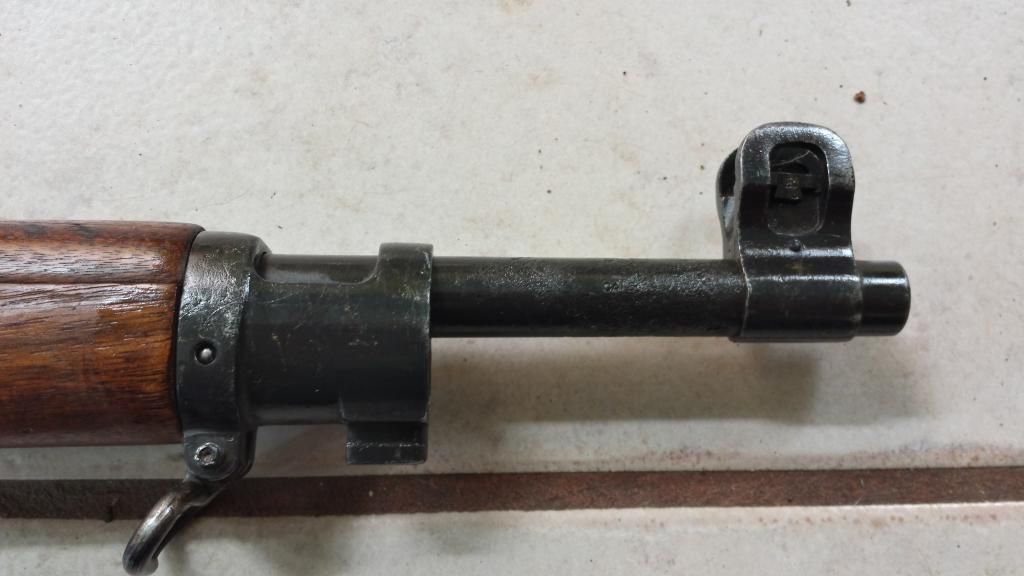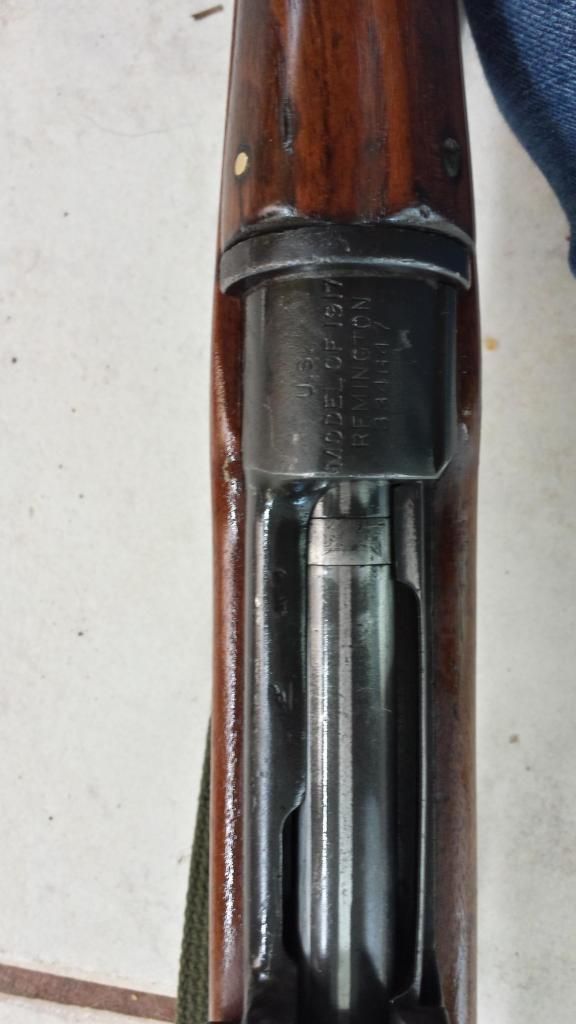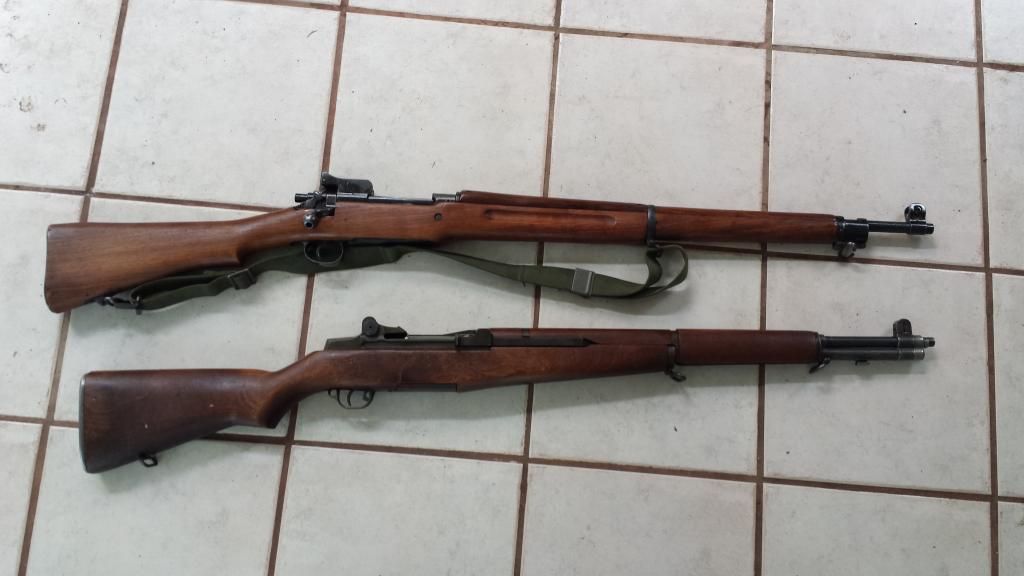tahunua001
New member
hello all,
well I finally lost the low serial springfield argument. after nearly 2 years of not shooting my low serial number springfield I was offered a straight across trade for a model 1917 and I took it. the surface shows quite a bit of pitting, but internals and moving parts are all clean. I do have many questions about it though.
1. man this thing is a mix master. it's about a 50/50 split between remington and eddystone parts and a winchester stock(remington receiver). is there any reason that one of these guns would legitimately contain so many different parts?
2. it's a CAI import, the barrel is so heavily pitted that the CAI etching is the only markings that are still identifiable. pitting has been recovered by bluing rather than parkerizing. who all were these rifles loaned/sold to overseas and did any of them blue parts that were rusted?
3. there are no US proofs or inspectors marks, wouldn't this have the same type markings as a springfield of the same period?
4. barrel has been counterbored, did any of the countries that used the M1917 counterbore?
the obligatory pictures.



and now the current american sisters.

well I finally lost the low serial springfield argument. after nearly 2 years of not shooting my low serial number springfield I was offered a straight across trade for a model 1917 and I took it. the surface shows quite a bit of pitting, but internals and moving parts are all clean. I do have many questions about it though.
1. man this thing is a mix master. it's about a 50/50 split between remington and eddystone parts and a winchester stock(remington receiver). is there any reason that one of these guns would legitimately contain so many different parts?
2. it's a CAI import, the barrel is so heavily pitted that the CAI etching is the only markings that are still identifiable. pitting has been recovered by bluing rather than parkerizing. who all were these rifles loaned/sold to overseas and did any of them blue parts that were rusted?
3. there are no US proofs or inspectors marks, wouldn't this have the same type markings as a springfield of the same period?
4. barrel has been counterbored, did any of the countries that used the M1917 counterbore?
the obligatory pictures.



and now the current american sisters.

